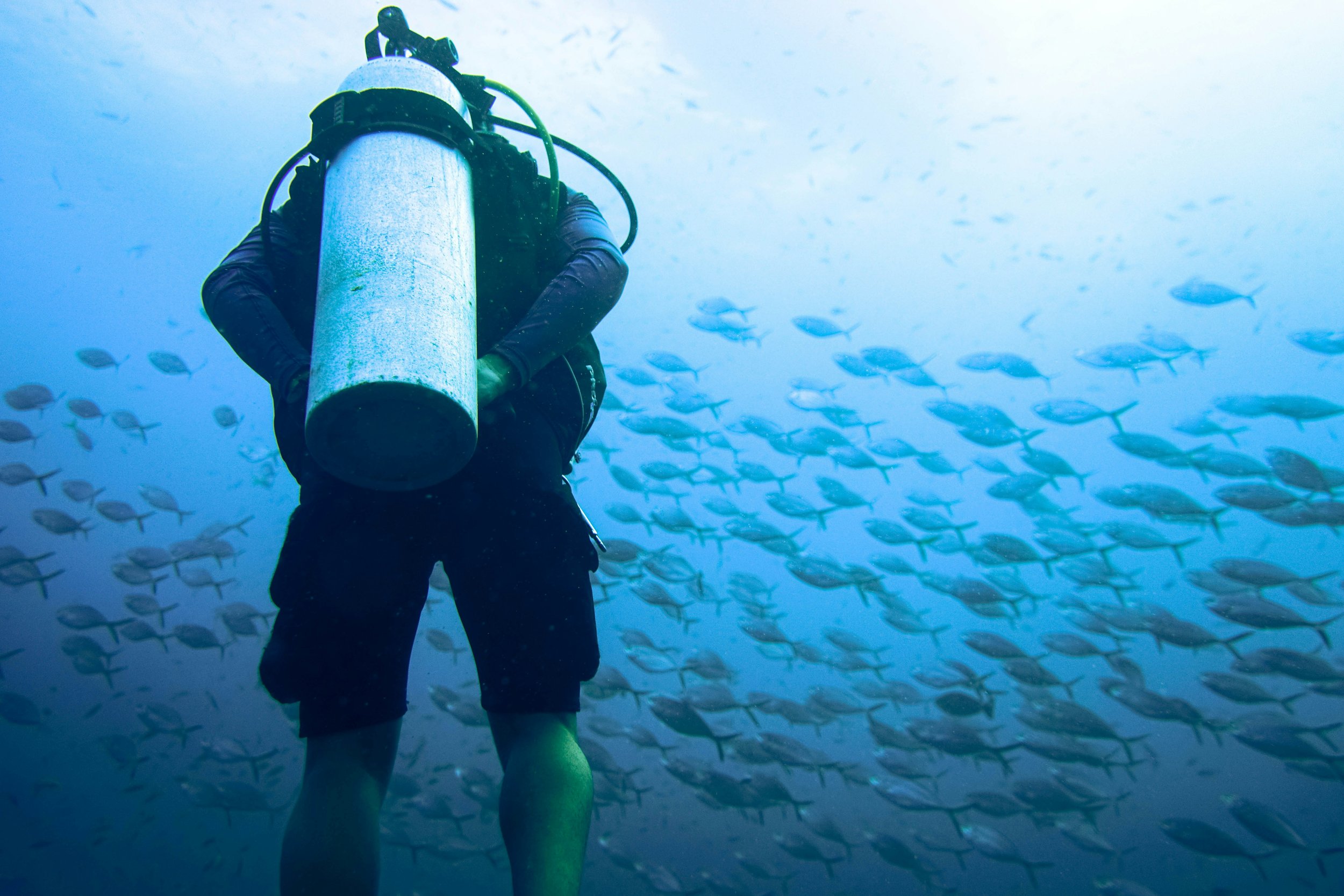
Funding Climate Resilience
Why Does ATCF Fund Climate Resilience?
Climate resilience is essential for both tourism and the local communities that depend on it because it helps protect economic livelihoods, infrastructure, natural and cultural assets, and overall community well-being in the face of urgent climate change impacts.
Preserving Natural Resources:
Many tourist destinations rely on the natural environment, such as beaches, forests, and wildlife, to attract visitors. Climate change poses a threat to these natural resources through phenomena like habitat destruction, coral bleaching, and changes in biodiversity. By promoting climate resilience, communities can help protect and preserve these resources, ensuring that they remain attractive to tourists in the long term.
Economic Stability:
Tourism is often a significant source of income for many communities. When extreme weather events or long-term climate changes disrupt tourism activities, it can lead to economic instability for local businesses and residents who depend on tourism for their livelihoods. Building resilience to climate change helps ensure that tourism remains a reliable source of income for these communities.
Social Cohesion and Well-being:
Tourism plays a significant role in promoting social cohesion and community well-being by providing opportunities for cultural exchange, economic development, and pride in local heritage. Climate resilience efforts can enhance community resilience overall, fostering social cohesion and solidarity in the face of climate-related challenges
Maintaining Cultural Heritage:
Tourism often revolves around cultural attractions, such as historical sites, festivals, and indigenous traditions. Climate change can impact these cultural assets through factors like increased vulnerability to natural disasters, loss of traditional practices due to environmental changes, and erosion of cultural landscapes. By building resilience, communities can safeguard their cultural heritage and maintain the authenticity and appeal of their tourist offerings.
Protecting Infrastructure:
Tourism infrastructure, such as hotels, resorts, and transportation networks, can be vulnerable to the impacts of climate change, including sea-level rise, extreme weather events, and erosion. Investing in climate resilience measures, such as building stronger infrastructure and implementing adaptation strategies, helps protect these assets from damage, reducing the risk of disruption to tourism activities.
Primary Outcomes:
-
WHY BE FUND:
Climate resilience involves adapting to the changing climate by implementing strategies and measures to cope with its effects, such as adopting climate-smart agriculture practices, diversifying water sources, and preserving natural habitats that provide protection against climate-related risks.
KEY PERFORMANCE INDICATORS
Risk Reduction Measures
Infrastructure Resilience
Ecosystem-based Adaptation
Community Resilience
Livelihood Diversification
-
WHY WE FUND:
Climate resilience promotes sustainable development practices that minimize greenhouse gas emissions, conserve natural resources, and promote environmental stewardship.
KEY PERFORMANCE INDICATORS:
Renewable Energy Adoption
Sustainable Land Use and Planning
Biodiversity Conservation
Carbon Sequestration and Storage
Community Well-being and Equity
-
WHY WE FUND:
Climate resilience empowers communities to take proactive measures to address climate-related risks and challenges. This may involve engaging stakeholders, promoting community-based adaptation initiatives, and building local capacity to respond to climate change impacts effectively.
KEY PERFORMANCE INDICATORS:
Community Participation
Capacity Building
Traditional Knowledge Integration
Social Networks and Collaboration
Gender Equality and Social Inclusion
-
WHY WE FUND:
Climate resilience aims to ensure that vulnerable and marginalized communities are not disproportionately affected by climate change and its impacts.
KEY PERFORMANCE INDICATORS:
Equitable Access to Resources
Livelihood Support and Economic Opportunities
Gender Equality and Women's Empowerment
Social Protection and Safety Nets
Cultural Heritage Preservation
-
WHY WE FUND:
Climate resilience requires long-term planning and preparedness to anticipate and respond to future climate risks and uncertainties.
KEY PERFORMANCE INDICATORS:
Climate Risk Assessment
Resilience Planning and Strategy Development
Infrastructure Resilience and Retrofitting
Early Warning Systems and Emergency Preparedness
Education and Awareness-raising
